Introduction
King crab, a prized delicacy renowned for its succulent meat and delicate flavor, is a culinary treasure often associated with special occasions and fine dining. However, its short post-harvest lifespan and susceptibility to spoilage demand meticulous attention to storage practices. Whether you’ve cooked a batch for a feast or have leftovers from a restaurant meal, understanding the optimal storage conditions and shelf life of cooked king crab is critical to preserving its quality, safety, and taste. This article delves into the science-backed guidelines for storing cooked king crab, explores the factors influencing its longevity, and provides actionable tips to maximize freshness while minimizing food waste.
Understanding the Basics: Why Proper Storage Matters
Cooked king crab, like all seafood, is highly perishable due to its biological composition. Rich in proteins, moisture, and unsaturated fats, it provides an ideal environment for microbial growth, including bacteria, molds, and yeasts. When improperly stored, these microorganisms multiply rapidly, leading to spoilage, off-flavors, and potential health risks. Additionally, enzymatic reactions within the meat continue even after cooking, contributing to texture degradation and flavor loss over time.
The primary goals of storage are twofold:
- Inhibit microbial growth by reducing temperatures and moisture.
- Slow enzymatic activity to preserve texture and taste.
Achieving this balance requires adherence to strict time-temperature controls, which vary depending on the storage method (refrigeration vs. freezing) and packaging techniques.

Refrigeration: The Short-Term Solution
Ideal Conditions
Refrigeration is suitable for short-term storage of cooked king crab, typically spanning 3–4 days. To extend this window, maintain your refrigerator at 40°F (4°C) or below—a temperature range that significantly slows bacterial proliferation without freezing the meat.
Packaging Techniques
Proper packaging is non-negotiable for refrigerated storage. Air exposure accelerates oxidation and moisture loss, both of which compromise quality. Follow these steps:
- Cool rapidly: Allow cooked crab to cool to room temperature (no more than 2 hours) to prevent condensation inside containers.
- Use airtight containers: Opt for glass or BPA-free plastic containers with tight-fitting lids. Alternatively, wrap portions tightly in aluminum foil or plastic wrap.
- Avoid cross-contamination: Store crab away from raw meats, poultry, or seafood to prevent bacterial transfer.
Signs of Spoilage in the Refrigerator
Monitor refrigerated crab daily for:
- Foul odors: A pungent, ammonia-like smell indicates bacterial breakdown.
- Slimy texture: Microbial films form on the meat’s surface.
- Discoloration: Grayish or dull patches replace the vibrant red-orange hue.
- Off-flavors: A bitter or sour taste upon sampling.
Discard any crab exhibiting these signs immediately.
Freezing: The Long-Term Strategy
For extended preservation, freezing is the gold standard. Cooked king crab can retain acceptable quality for 6–12 months when frozen correctly, though flavor and texture may gradually decline beyond 6 months.
Pre-Freezing Preparations
- Blanching (optional): Some chefs recommend briefly submerging cooked crab legs in boiling water (1–2 minutes) before freezing to halt enzymatic activity. However, this step is unnecessary if the crab was thoroughly cooked initially.
- Portioning: Divide crab into meal-sized portions to minimize thaw-refreeze cycles, which accelerate quality loss.
Packaging for the Freezer
Air and moisture are the enemies of frozen seafood. Use these methods to combat them:
- Vacuum sealing: Removes oxygen, preventing freezer burn and oxidation.
- Heavy-duty freezer bags: Squeeze out excess air before sealing.
- Double wrapping: Layer plastic wrap followed by aluminum foil for added protection.
- Avoid bulk storage: Never freeze crab in large, unportioned blocks, as this prolongs thawing time and encourages uneven texture.
Optimal Freezer Temperature
Maintain your freezer at 0°F (-18°C) or lower. Fluctuations above this threshold compromise food safety and quality.
Thawing Guidelines
Proper thawing is as crucial as freezing. Avoid microwaving or leaving crab at room temperature, as this promotes bacterial growth. Instead:
- Refrigerator thawing: Transfer frozen crab to the fridge 12–24 hours before use.
- Cold-water bath: Submerge sealed packages in cold water, changing the water every 30 minutes until thawed (2–3 hours for legs).
Once thawed, consume within 2 days and never refreeze.
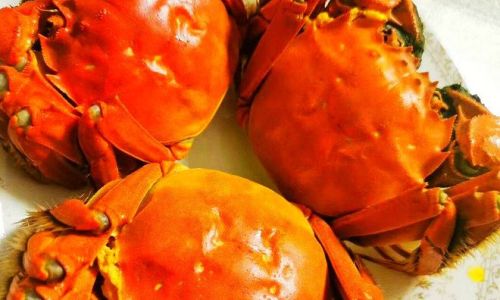
Factors Affecting Shelf Life
Several variables influence how long cooked king crab remains safe and palatable:
-
Initial Quality:
- Freshly cooked crab from a reputable source lasts longer than pre-cooked, supermarket-bought varieties.
- Overcooked crab (dry, stringy texture) deteriorates faster due to compromised cell structure.
-
Processing Methods:
- Crab processed with preservatives (e.g., sodium bisulfite) may have a slightly extended shelf life.
- Pre-cracked or shelled crab exposes more surface area to air, shortening storage time.
-
Storage Environment:
- Humidity: High humidity in refrigerators (common in crisper drawers) can accelerate microbial growth.
- Temperature fluctuations: Frequent fridge door openings raise internal temperatures, reducing efficacy.
-
Cross-Contamination Risks:
- Using utensils or surfaces that touched raw foods introduces harmful bacteria.
- Storing crab near strongly flavored items (e.g., onions, cheese) can cause odor absorption.
Reheating and Serving Suggestions
Even perfectly stored crab requires careful reheating to avoid overcooking.
Methods:
- Steaming: Place crab legs in a steamer basket over boiling water for 5–7 minutes.
- Oven: Wrap in foil with a splash of water or butter; bake at 350°F (175°C) for 10–15 minutes.
- Microwave (last resort): Use short bursts (30 seconds) on low power to prevent rubberiness.
Avoid:
- Boiling, which leaches flavor and makes meat waterlogged.
- Reheating multiple times—once thawed, cook and serve immediately.
Beyond the Basics: Advanced Storage Hacks
-
Brine Solution:
Submerge cooked crab in a saltwater brine (1 tbsp salt per cup water) before refrigerating. The brine slows bacterial growth and maintains moisture. -
Gel Packs:
Place frozen gel packs in storage containers to keep crab chilled during transport or power outages.
-
Labeling System:
Use waterproof markers to date packages and track freezing dates.
Common Myths Debunked
-
“Freezing ruins the texture”:
While freezing alters texture slightly (making meat a bit drier), proper packaging minimizes this effect. High-quality crab remains enjoyable months later. -
“Refrigerated crab is safe indefinitely if it smells fine”:
Spoilage bacteria often produce odorless toxins. When in doubt, discard. -
“Thawing at room temperature is harmless”:
The “danger zone” (40°F–140°F or 4°C–60°C) allows bacteria to multiply rapidly.
Sustainability and Food Safety
Proper storage not only preserves quality but also reduces waste. According to the FDA, Americans discard 30–40% of their food supply annually, with seafood being a major contributor. By extending the lifespan of cooked king crab, you minimize environmental impact and save money.
However, never compromise safety for sustainability. If uncertainty exists about storage time or conditions, err on the side of caution.
Conclusion: Mastering the Art of Crab Preservation
Cooked king crab’s ephemeral nature demands respect for storage best practices. While refrigeration offers a 3–4 day window, freezing unlocks months of potential—provided scrupulous attention to packaging and temperature control. By understanding the interplay of microbial activity, enzymatic reactions, and environmental factors, you can savor this luxurious ingredient at its peak, whether served hot from the steamer or thawed from a winter stash.
Remember: Great seafood begins and ends with diligence. Treat your crab with care, and it will reward you with unforgettable meals.
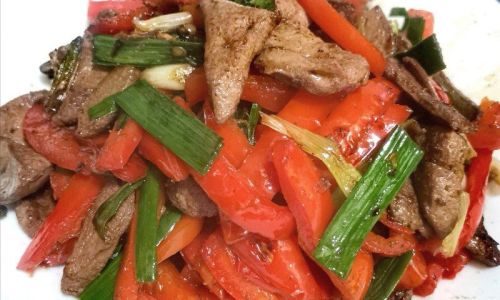
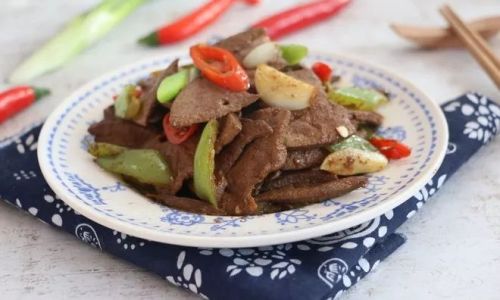
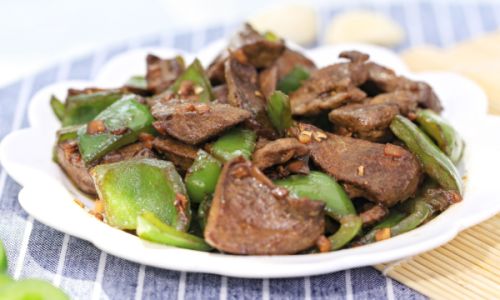
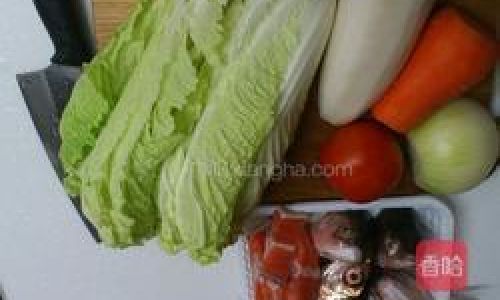
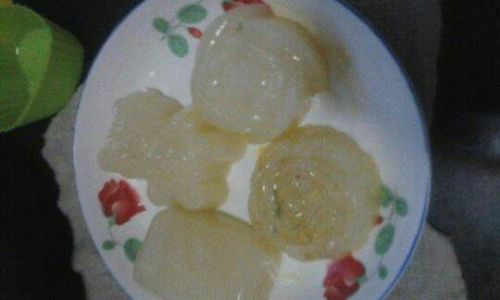
0 comments